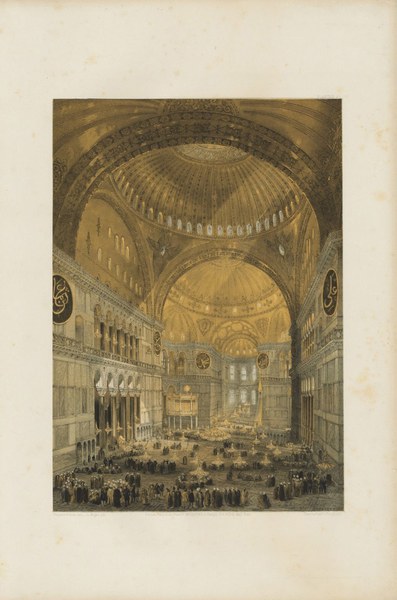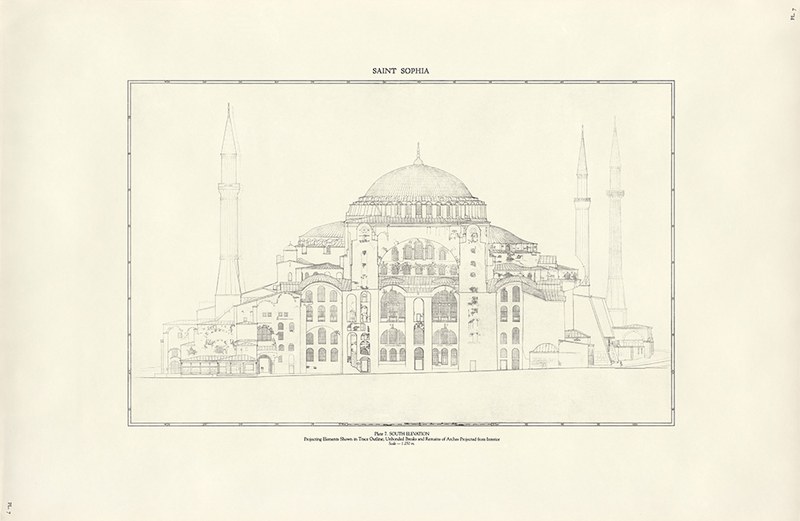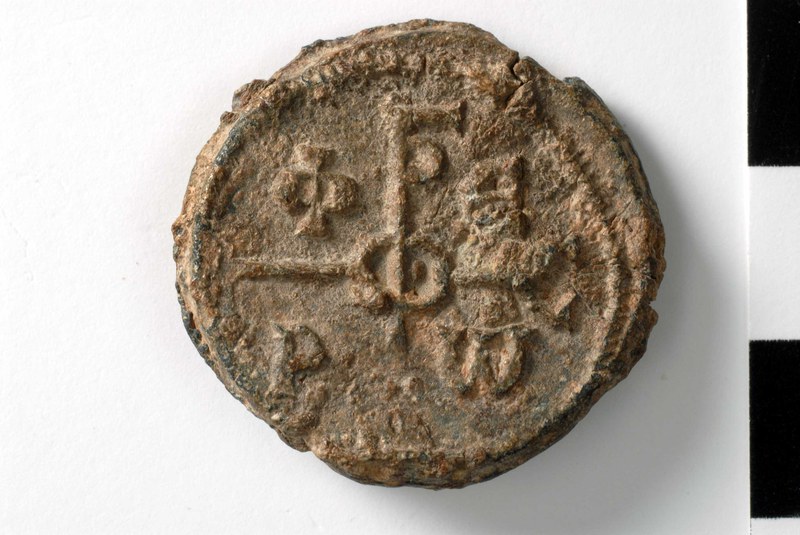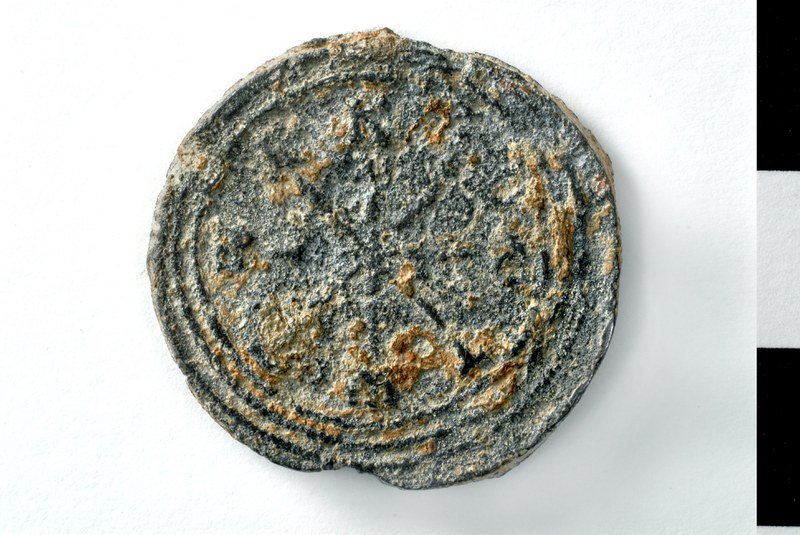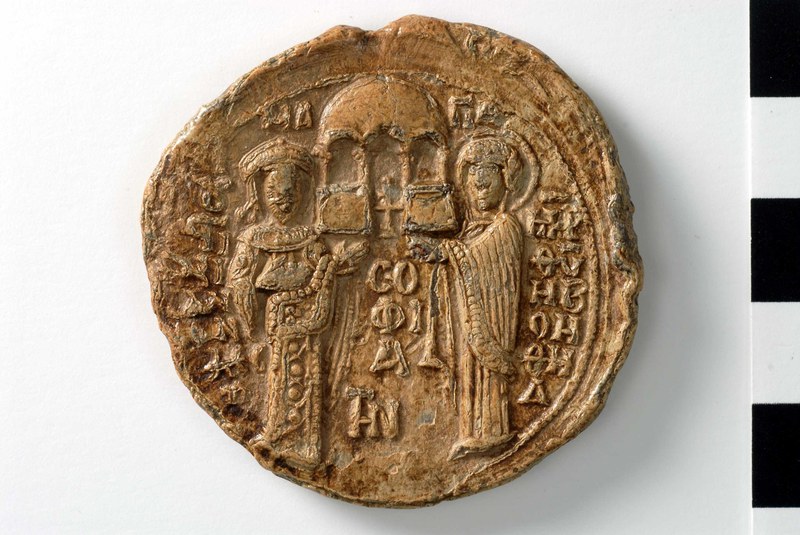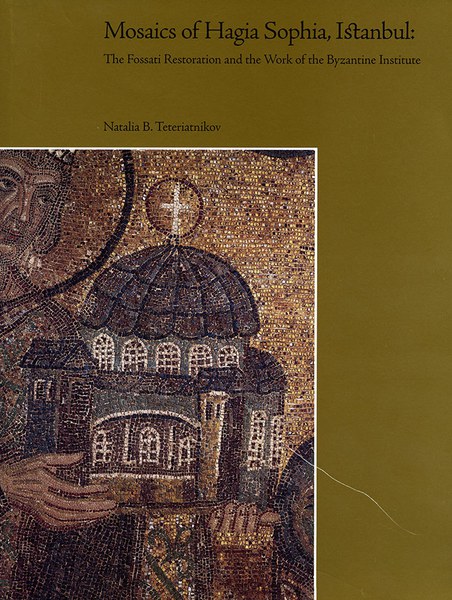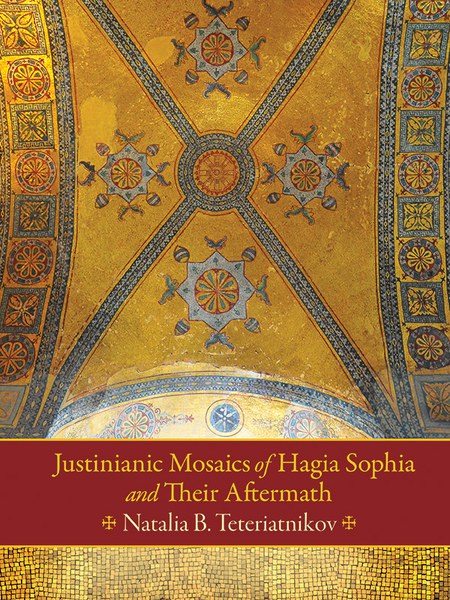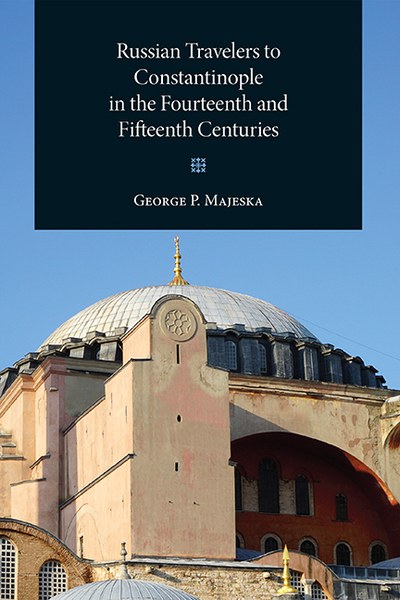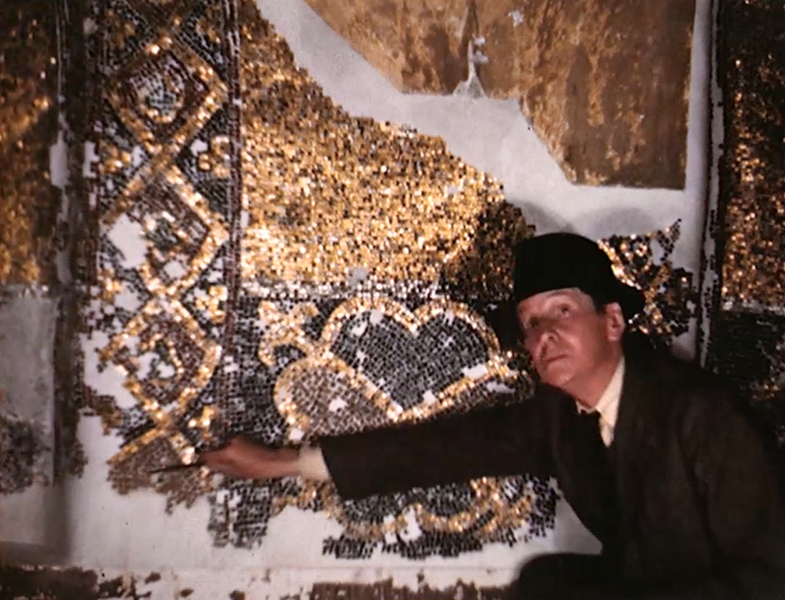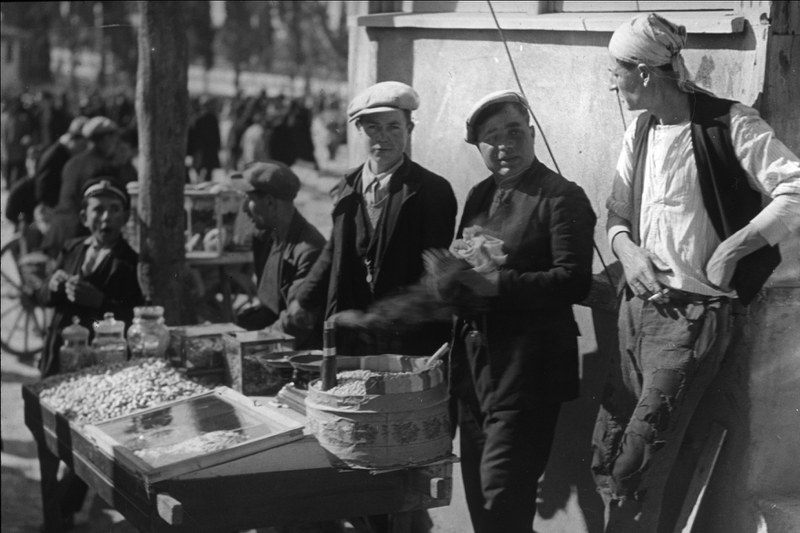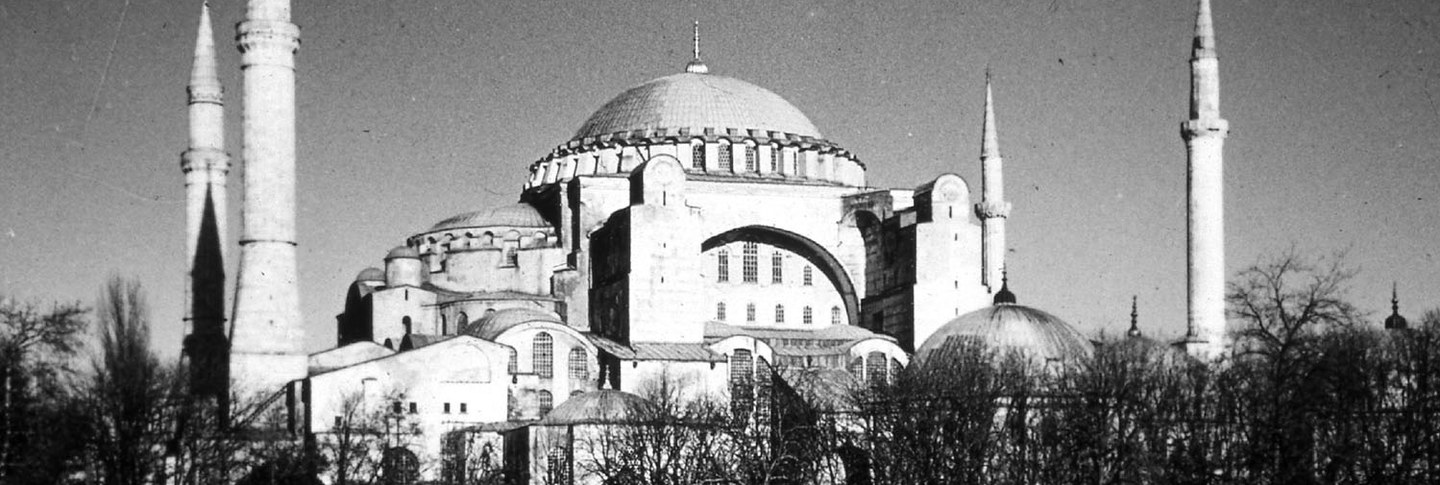
Hagia Sophia Resources
Archival Resources Rare Books Lead Seals Publications Online Exhibits
Hagia Sophia stands out as the best known of all Byzantine churches. Constructed under the patronage of the emperor Justinian in the short span of five years (532–537 CE), the church’s massive scale and unique form were intended to symbolize the scale and strength of the Byzantine Empire. Throughout the history of the empire, the church, dedicated to “Holy Wisdom,” served as the seat of the patriarch of Constantinople and played a key role in imperial and ecclesiastical ceremony. Immediately following the Ottoman conquest of Constantinople in 1453, marking the end of the Byzantine Empire, the Sultan Mehmed the Conqueror converted the church of Hagia Sophia to a mosque, Ayasofya Camii. After the foundation of the Turkish state, the building underwent another transformation, this time to museum.
In 1930, Thomas Whittemore founded the Byzantine Institute for the promotion of Byzantine archaeology, art, and history. In 1931, Whittemore, a friend of the first Turkish president, Mustafa Kemal Atatürk, was given permission to begin conservation work on the monument’s interior and, in 1934, the Turkish Council of Ministers declared Ayasofya would become a museum. Throughout the 1930s and 1940s, the Byzantine Institute was responsible for the conservation of the building’s mosaics, which dated to its time as a Byzantine church. Robert Woods Bliss was an original board member of the Institute and financial supporter of the mission to restore the building’s rich interior decorative program. These mosaics date to many different moments in the history of the church and are a testament to the changing values and ideals of the Byzantine Empire. While the church’s original decorative program was aniconic, most of the later mosaics were figural and many remained visible to visitors into the nineteenth century when the building functioned as a mosque.
In July 2020, the museum of Hagia Sophia underwent another symbolic change, once again becoming a mosque, prioritizing one aspect of the building’s history over its others. With this move, the extensive documentation of the monument’s restoration, now held at Dumbarton Oaks, becomes critical to the future preservation of the monument’s long history.
Archival Resources
Digitized archival resources related to Hagia Sophia can be found in the following collections. Portions of the collection remain undigitized; please review the finding aids for more details, or contact icfa@doaks.org for questions about undigitized materials.
The Byzantine Institute and Dumbarton Oaks Fieldwork Records and Papers, circa late 1920s–2000s
This collection contains fieldwork records and papers produced by the staff of the Byzantine Institute and Dumbarton Oaks, as well as Thomas Whittemore and Paul Underwood, between the 1920s and 2000s. It comprises correspondence, minutes, financial records, logbooks, fieldwork notebooks, research notes, ground plans, maps, oversize drawings, tracings, paintings, photographs, films, newspaper clippings, and publication materials.
As of summer 2020, the photographs related to Hagia Sophia and the series of fieldwork notebooks have been fully digitized, but other materials are undigitized.
Nicholas V. Artamonoff Photographs of Istanbul and Turkey, 1935–1945
Nicholas V. Artamonoff (1908–1989) was a Russian amateur photographer and engineer. The collection includes 544 photographs taken in Istanbul and five archaeological sites in Western Turkey (Ephesus, Hierapolis, Laodicea on the Lycus, Pergamum, Priene) from 1935 to 1945. Additionally, 124 photographs of contact sheets found in the Robert Van Nice Fieldwork Records and Papers are believed to have been taken by Artamonoff.
This collection has been fully digitized.
Robert L. Van Nice Fieldwork Records and Papers, circa 1936–1989
This collection documents the architectural survey of Hagia Sophia in Istanbul, Turkey, conducted by Robert L. Van Nice from the late 1930s to the 1980s. Materials in the collection include administrative records, correspondence, research notes, drafts, publications, architectural drawings, rubbings, photographs, slides, and negatives. The bulk of the material in the collection dates from the early 1940s through the late 1960s, when most of the intensive fieldwork took place at Hagia Sophia.
As of summer 2020, the only digitized part of this collection is a selection of photographs.
William Earl Betsch Photographs of Architectural Capitals in Istanbul, 1970
William Betsch created this collection in the summer of 1970 as part of the research for his dissertation: "The History, Production and Distribution of the Late Antique Capital in Constantinople." The negatives contain images of architectural features located throughout Istanbul, including the Istanbul Archaeological Museums, Hagia Sophia, and various cisterns.
This collection has been fully digitized.
Digitized Rare Books
Discover featured titles from the Rare Book Collection below, or search all rare books associated with Hagia Sophia.
Byzantine Lead Seals
A number of Byzantine lead seals dating between the seventh and fourteenth century attest officials at Hagia Sophia. These include members of the clergy, administration, and tribunal. The seals of the ekklesiekdikoi are notable for their stable iconography over centuries, with the obverse depicting Justinian presenting a model of the church to the Mother of God.
Explore featured seals below, and search all lead seals related to Hagia Sophia.
Publications
Discover featured titles related to Hagia Sophia below and search all titles related to Byzantine studies. Numerous articles in Dumbarton Oaks Papers, available online, also deal with various aspects of Hagia Sophia.
Online Exhibits
Explore highlights from the collection related to Hagia Sophia below, or view all online exhibits.
